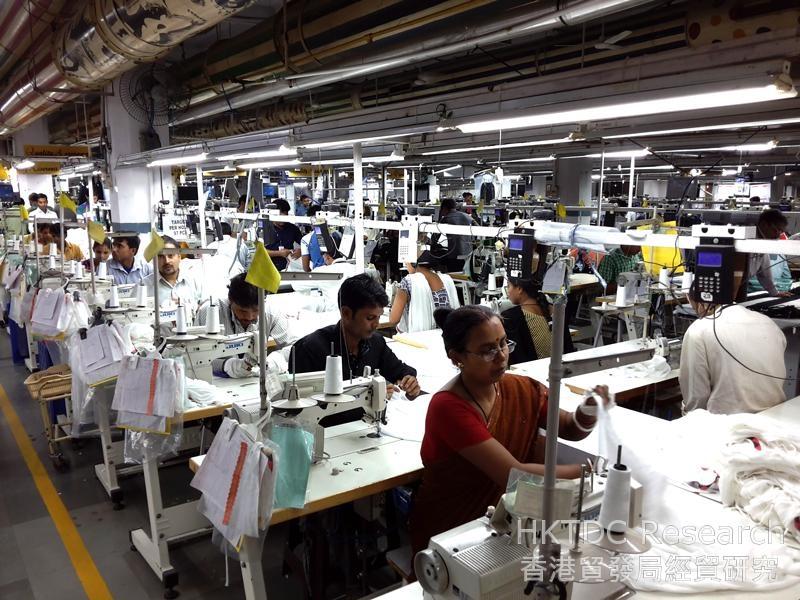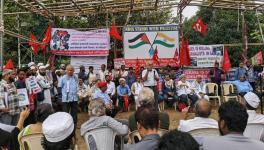Garment Workers in BRICS Countries Cannot Afford Basic Quality of Life, Says Study

The global garment industry is infamous for its labour sweatshops in developing countries, where workers are grossly underpaid and work under despicable conditions – producing for a global apparel market valued at around 3 trillion dollars.
And a newly published study by the Centre for Environment and Sustainability (CES), at the University of Surrey, yet again confirms that the wages garment workers earn is insufficient to support a decent standard of living.
Taking the Western European clothing supply chain as a case study, the researchers set out to examine the issue of ‘fairness’ in global supply chains.
They analysed garment industry wages in 2005 in the BRIC countries – Brazil, Russia, India and China. They found that garment workers get paid only around half of the ‘living wage’ – required to support a decent standard of living – as calculated by CES for each of the four countries.
In fact, the research extends the concept of the living wage by taking into account the income tax and social security contributions of workers to arrive at the ‘living labour compensation’.
In terms of the living labour compensation, it found that workers on average need to be paid an additional 35% over the living wage to offset the financial demands of income tax and social security.
The study used the Social Life Cycle Assessment (SLCA) approach, which analyses impacts across the entire lifecycle of a product.
So, it considers not only factory workers, but also everyone else involved in the garment industry supply chain, including agricultural farmers.
And it found that agricultural workers are actually the lowest paid in the garment supply chain. While garment factory workers are paid around half the living wage, agricultural workers get paid even less in all the four countries.
What is a Living Wage?
The results are not surprising, as it is well-known that workers in the global garment industry get paid less than the ‘living wage’ – the wage required by a worker to meet the basic needs of a family unit of four (two adults, two children) in order to maintain a decent quality of life.
The living wage is different from the ‘minimum wage’ for labour as fixed by the governments of different countries.
There are different international estimates of the living wage for respective countries.
The CES study calculates the living wage based on the method developed by Richard Anker, which has become the “benchmark for living wage discussions both in the academic literature and by activists”. And its estimates are “methodologically similar to several other estimates such as the Asia Floor Wage”.
As per the Asia Floor Wage Alliance (AFWA) – an alliance of trade unions and labour rights activists demanding that garment workers be paid a living wage – the figure for 2015 in terms of Purchasing Power Parity (PPP) is $1021.
In India, this means a monthly minimum living wage of Rs 18,727 – without overtime payment and benefits. The minimum wages differ across the states of India, but all of them remain less than this amount.
Referring to the AFWA living wage, Anannya Bhattacharjee, president of the Garment and Allied Workers Union, told Newsclick, “Workers in the Gurgaon-Manesar industrial hub of Haryana get less than half of this living wage. On average, in Asia, garment workers get about one-third of the Asia Floor Wage regional figure for the minimum living wage.”
Since 2015, Bhattacharjee has been leading the struggle of garment industry workers in Haryana to get companies to implement even the legal minimum wage as fixed by the Haryana government.
Get the latest reports & analysis with people's perspective on Protests, movements & deep analytical videos, discussions of the current affairs in your Telegram app. Subscribe to NewsClick's Telegram channel & get Real-Time updates on stories, as they get published on our website.
























